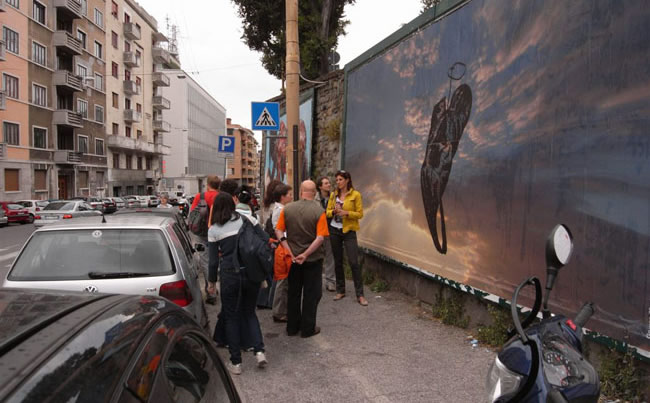Embroidery stitches – deliberate and in flurries – feature prominently in the work of six of the artists in browngrotta arts’ upcoming exhibition, Still Crazy After All These Years…30 years in art, this April 22nd through April 30th.

”Was du Weiß auf Schwarz Besitzt
(text/textile/texture) by Heidrun Schimmel Detail, photo by Tom Grotta
Heidrun Schimmel from Germany creates her artwork, which features blizzards of stitches, entirely by hand. She believes her stitch work demonstrates how thread, through its length and quality, acts as a metaphor for human existence.
Different pattern sequences are incorporated by Åse Ljones of Norway into her art pieces. By doing so, she allows each small change in sequence to create a rhythm, tranquility, or excitement for the viewer to enjoy. “I often work in series,” she says, “and build large works from smaller pieces. The small changes in each work communicate and often strengthen the relation to one another.”
Scott Rothstein, whose work has been collected by the Metropolitan and the Philadelphia museum of art, blends minimal design and traditional materials to create ambiguous art forms that viewers must experience and interpret on their own. His embroideries feature brilliant colors and repeated stitches to add dimension.
Marian Bijlenga of the Netherlands has a fascination with dots, lines and contours that is evident in her artwork. She playfully introduces unique contour lines of color and symmetry through her stitched work, using a variety of textile fabrics and materials, including paper, thread and horsehair. Rather than draw on paper, she draws in space using textile as a material and leaves enough distance between the structure and its aligning wall to create what she refers to as a “spatial drawing.”
Delicately combining a series of horsehair, recycled wine foil, and acrylic paint, Adela Akers creates her embroidered pieces by hand with careful insertion of each fine material.“Even when I don’t know the outcome,” she says, “it is the transformation of the materials by the repetitive hand manipulation that leads me to the final expression.”
Anda Klancic uses transparency and coloring to address the visual play of perception between the mimetic and the abstract. Her work in this collection, as well as in previous pieces, attempts to express the relationship between humanity and nature.
Slovenian artist Anda Klancic uses a combination of innovative embroidery techniques, many of which are patented under her name, allowing her to meticulously blend metal with cloth cotton or tree bark to fashion abstract pieces that crystallize the aesthesis of nature.
For more information and a complete artist’s list, please visit http://www.browngrotta.com/Pages/calendar.php.

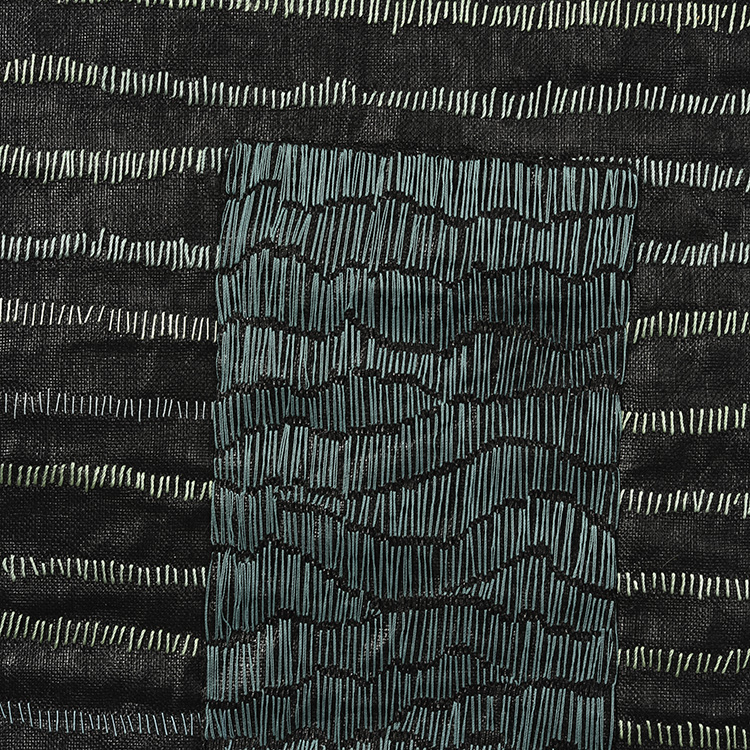
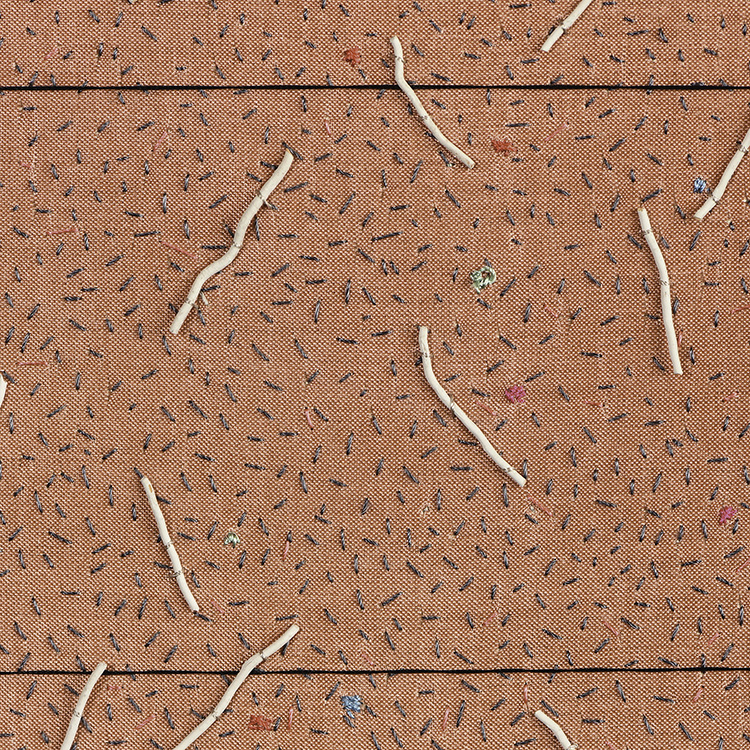


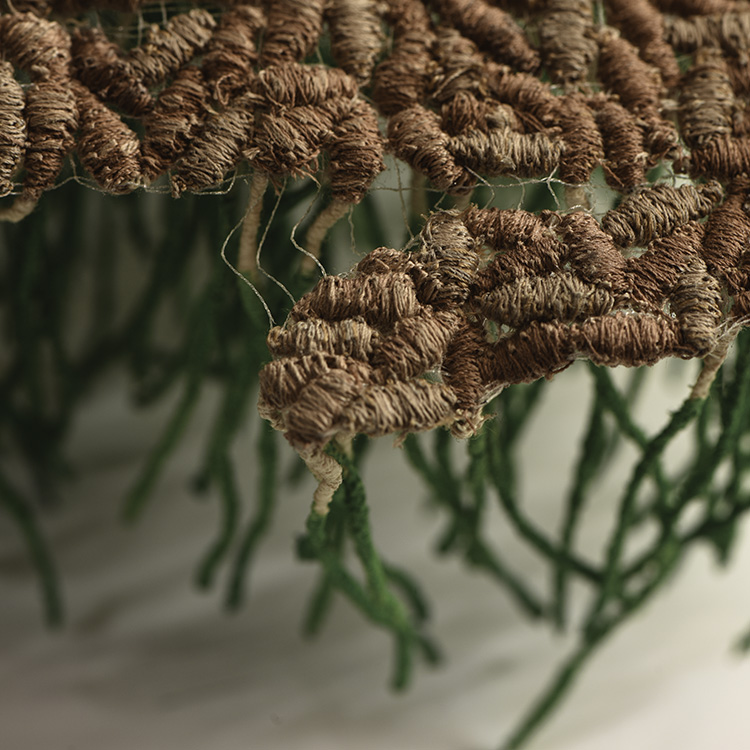
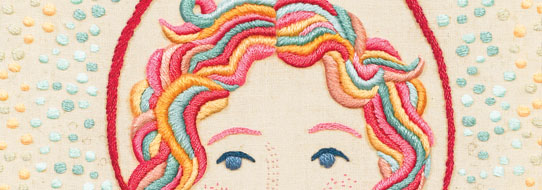
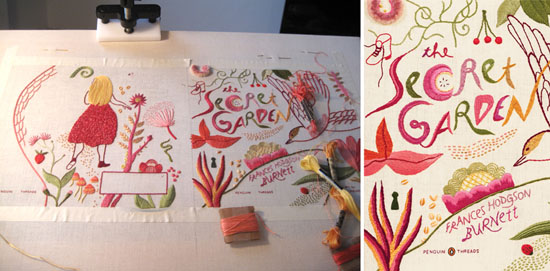
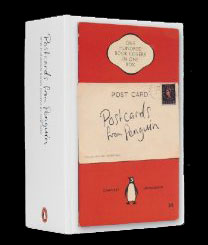


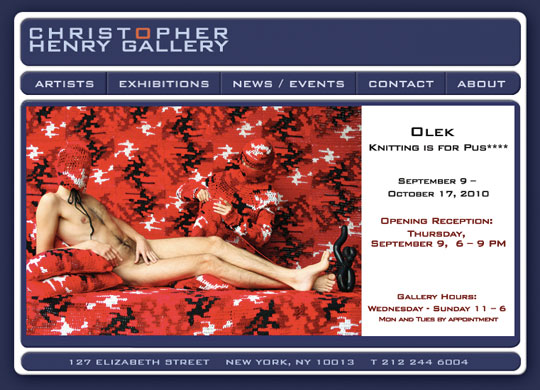
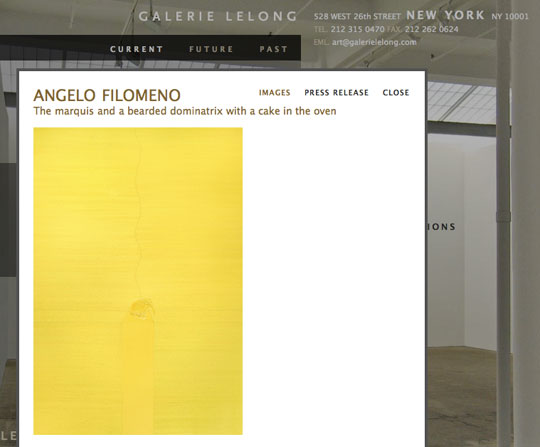


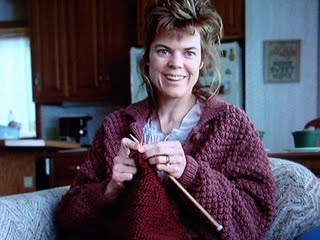




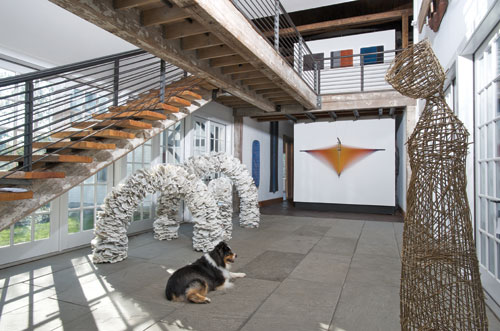
 The opening of the 10th Wave III at Artifact Design Group, 2 Hollyhock Lane, Wilton Connecticut is from 3:30 to 7:30 this Friday the 9th of October. The exhibition features work from more than 40 artists from Europe, Asia, Canada, the US and the UK. Also featured in the exhibition are new furniture designs by Gregory Clark. The show will run through November 28, 2009. Hope you’ll get a chance to stop by!
The opening of the 10th Wave III at Artifact Design Group, 2 Hollyhock Lane, Wilton Connecticut is from 3:30 to 7:30 this Friday the 9th of October. The exhibition features work from more than 40 artists from Europe, Asia, Canada, the US and the UK. Also featured in the exhibition are new furniture designs by Gregory Clark. The show will run through November 28, 2009. Hope you’ll get a chance to stop by!